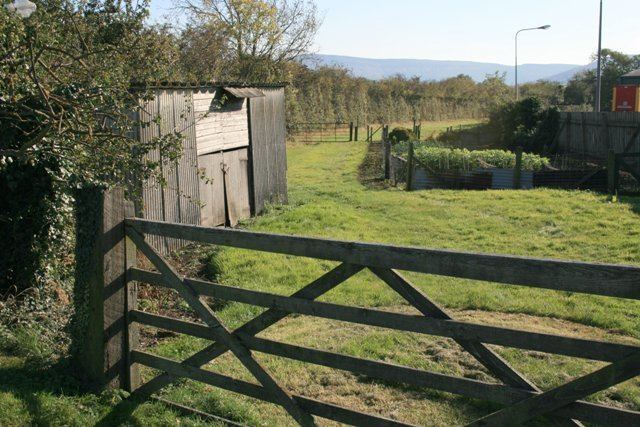Type Heavy Rail Termini PictonBattersby Stations 7 | Status Closed Locale North Yorkshire | |
 | ||
Opened March 1857 to StokesleyApril 1858 to Kildale Closed June 1954 to passengersAugust 1965 completely Operator(s) North Yorkshire & Cleveland RailwayNorth Eastern RailwayLondon North Eastern RailwayBritish Rail | ||
The Picton–Battersby line was a section of railway line running from Picton, North Yorkshire, England, on what is now the Northallerton–Eaglescliffe line, to Battersby on what is now the Esk Valley line.
Contents
Construction
The line was constructed by the North Yorkshire & Cleveland Railway (NY&C) between Picton (on the Leeds Northern's 1852 route between Northallerton and Stockton) and Grosmont. It was opened in 1857 from Picton to Stokesley, with intermediate stations at Trenholme Bar, Potto and Sexhow. The line included a two-mile branch south from Potto to the mines at Whorlton.
The NY&C was incorporated into the North Eastern Railway (NER) in 1858, the same year the Rosedale Branch Line for the Rosedale mines was purchased from private owners and began conversion from narrow gauge to standard gauge. It was left to NER to finish the line to Grosmont via Battersby. This and the link line to Nunthorpe were completed in stages to 1865.
Stations
There were seven stations on the Picton to Battersby section of the NY&C.
Whorlton branch
A 2 miles (3.2 km) branch to the ironstone mines at Ailesbury and Swainby left the line southwards after Potto station. This was opened with the initial section of the line and forwarded two ironstone trains per day to the furnaces on Teesside. The mines were exhausted in 1887 and the branch was closed in 1892.
Closure
When the freight from the mines ceased, the passenger services along the Picton–Battersby and Esk Valley lines still remained important to the region, despite competition along the coast lines, with seven weekday trains along the line between Teesside and Whitby in 1900. However, this dropped to four in 1922 and by 1954 it was only two. Passenger services were withdrawn on 14 June 1954, with goods traffic ending west of Stokesley in 1958. Freight traffic remained between Stokesley and Battersby until 1965, when it too ceased, and the line dropped completely out of use.
Battersby station (originally Ingleby Junction, later Battersby Junction in 1878, and its current name from 1893) and the line to Grosmont remain as part of the Esk Valley line.
